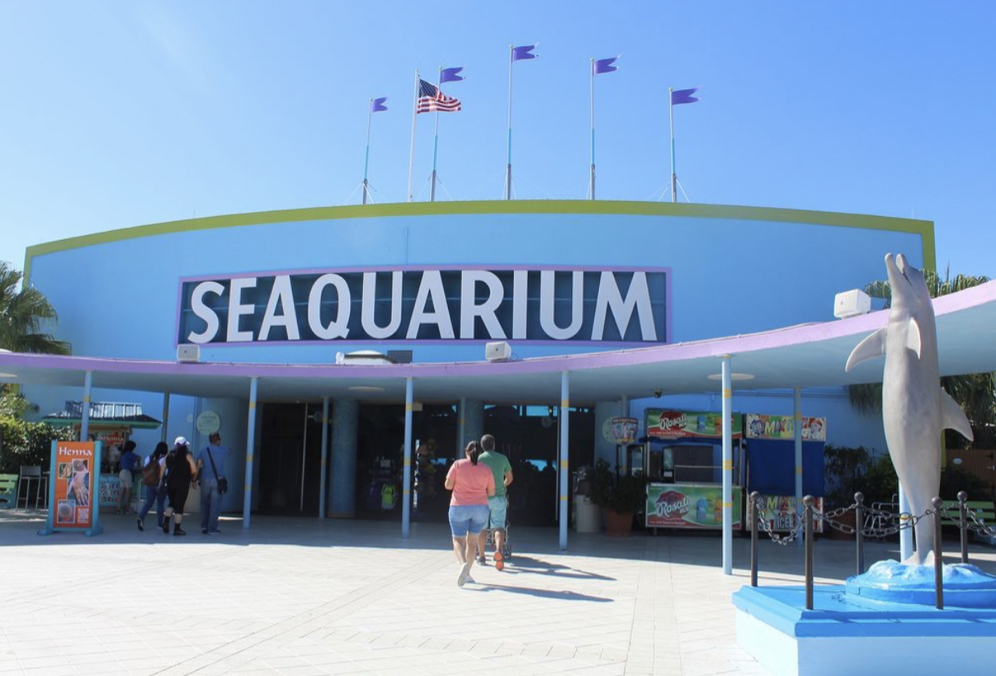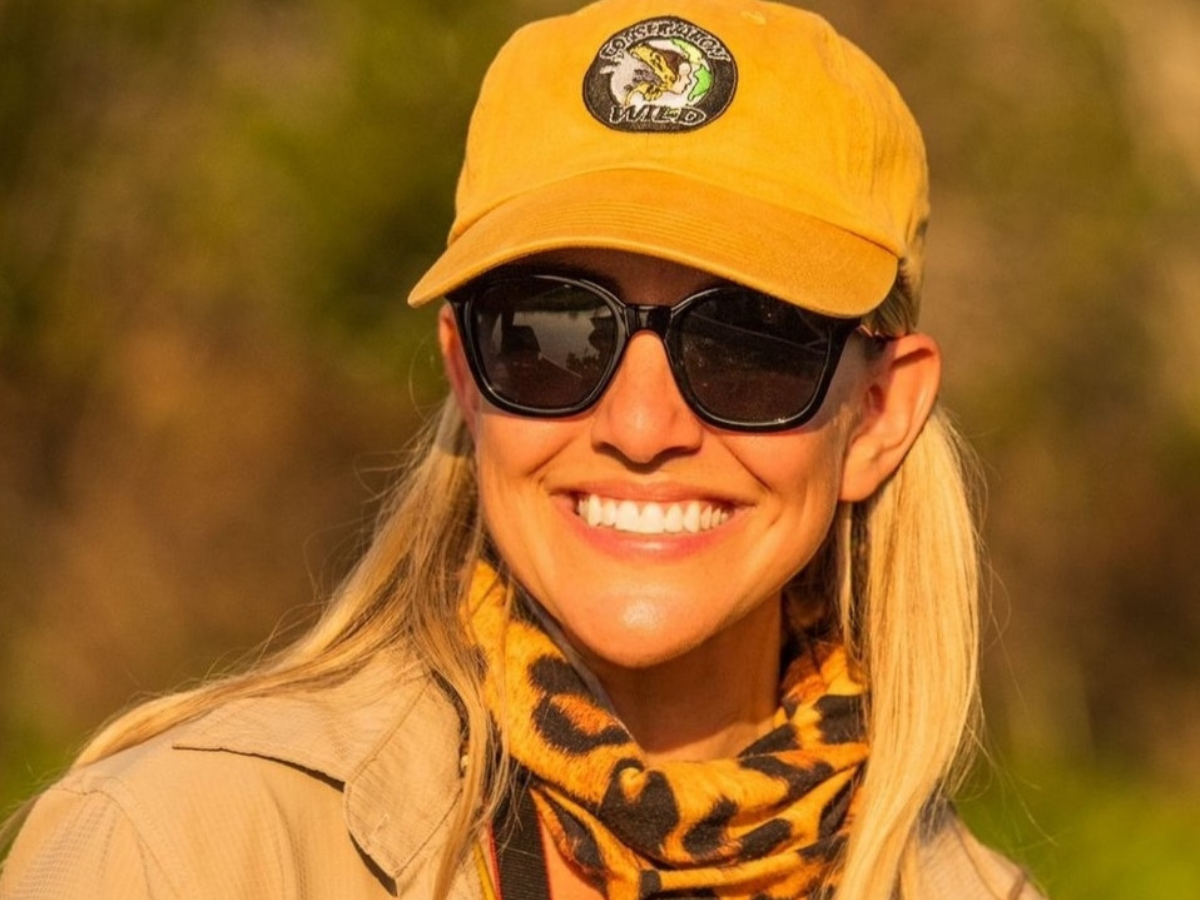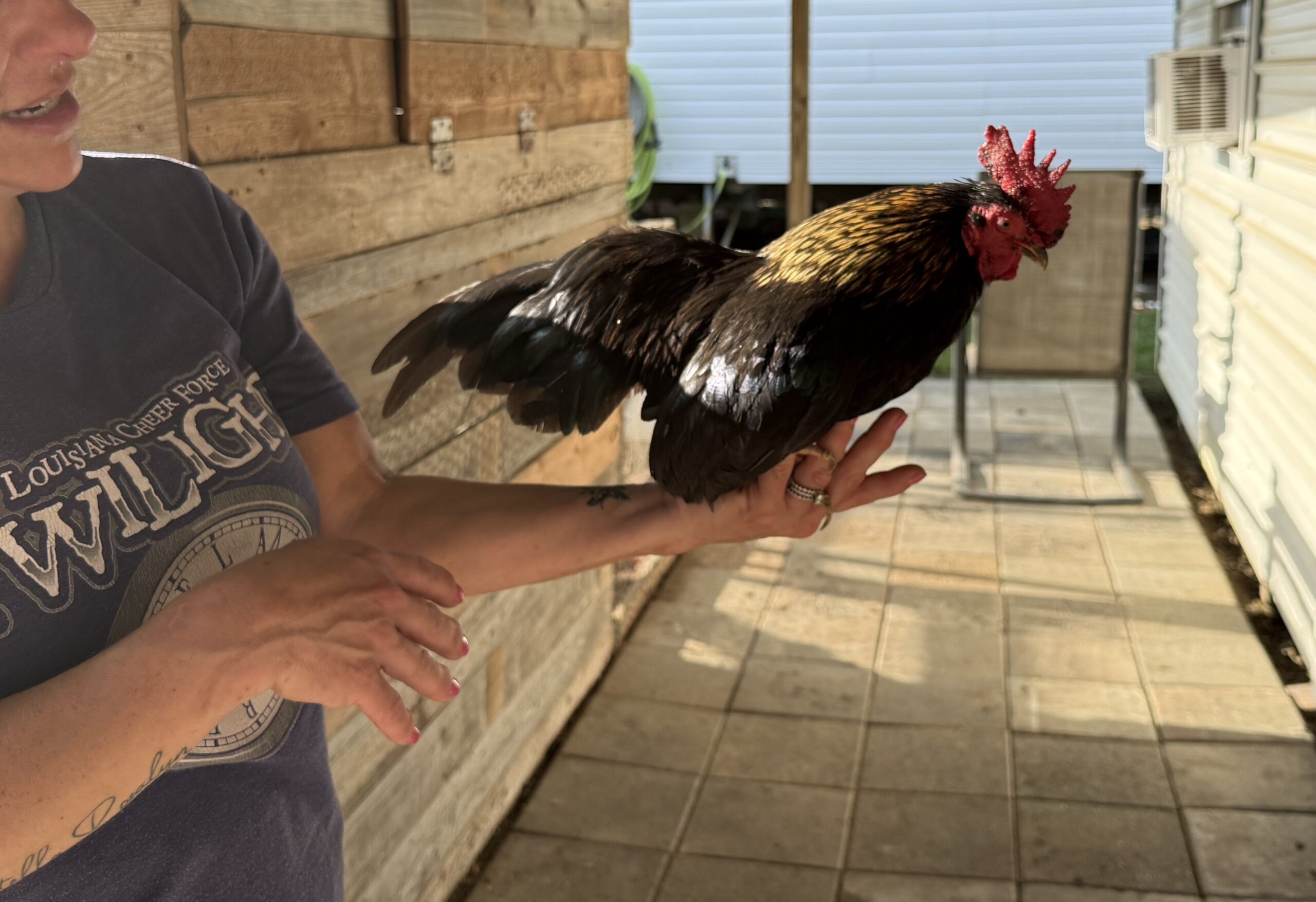(MIAMI) – Two reports issued by the United States Department of Agriculture in October and January documented the poor care and treatment of marine animals at the Miami Seaquarium.
The USDA’s October inspection report found bolts and nails in the mouth and throat of two dolphins and a general lack of proper veterinary care. In a January follow-up report, the USDA found further violations including high counts of bacteria and damaged dolphin pools.
Mayor Daniella Levine Cava pushed for the termination of the Seaquarium’s lease in light of the latest USDA report.
“The County will take all possible measures in coordination with the USDA to ensure the welfare of the animals at the Seaquarium,” Cava wrote in a Jan. 21 letter to the Seaquarium shared by the Miami Herald. “In light of these distressing circumstances, the County is diligently reviewing all necessary actions to pursue the termination of the Amended and Restated Lease Agreement.
In response to the criticism, the Miami Seaquarium posted a Jan, 24 response on X disputing the USDA findings. “We’re proud to confirm compliance with federal Animal Welfare Act regulations,” it said. “We’re addressing misinformation and staying open under our Lease Agreement with Miami Dade County.”
According to The Miami Seaquarium website, the marine park opened in 1995, attracting around 600,000 visitors annually, and houses over 500 animals. Despite its former status as a beloved South Florida landmark, the marine park has come under fire from various quarters, including local and federal authorities, animal activists, and the Miami-Dade Commission. According to the Dolphin Project, a non-profit organization dedicated to the welfare of dolphins, 120 dolphins and whales have died under the facility’s care, prompting scrutiny from the USDA, government agencies, and animal welfare advocates..
In a statement issued from PETA, President Ingrid Newkirk called for immediate closure of the Miami Seaquarium and condemned it as a “hellhole” and a “filthy dump for marine life to die in.”
As the Seaquarium grapples with legal, financial, and public relations challenges, questions loom over its future viability and the fate of its marine inhabitants.


